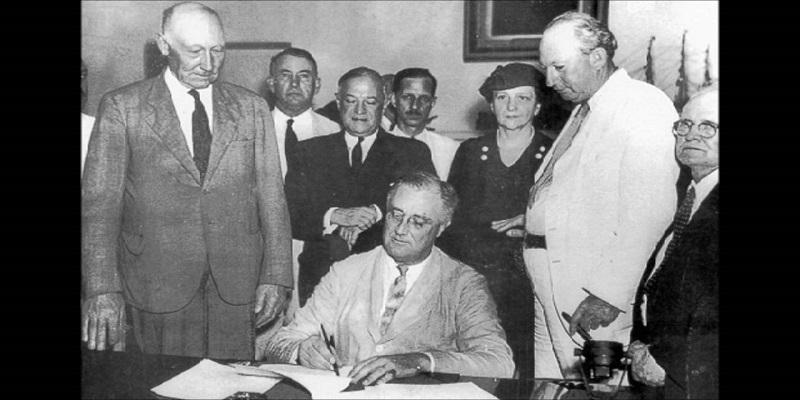The Impact of Government of India Act 1935 on Independence Movement
The Government of India Act of 1935 was a significant piece of legislation that had far-reaching implications for the governance of British India. Enacted during a critical period in India's struggle for independence, the act aimed to introduce constitutional reforms and establish a federal structure for British India. The act, which came into effect in 1937, was the last major constitutional initiative by the British government before India gained independence in 1947.
The Government of India Act of 1935 was a response to the demand for constitutional reforms in India. The Simon Commission, appointed in 1927 to review and suggest changes to the constitutional structure, had failed to include Indian representation, leading to widespread protests. The subsequent Round Table Conferences (1930-1932) failed to yield a consensus among Indian political leaders and the British government. Faced with growing political unrest, the British authorities felt the need to address Indian aspirations for self-governance through constitutional means.
The act introduced several key features that significantly altered the governance of British India. One of the primary changes was the establishment of a federal structure, dividing British India into provinces and princely states. The provinces were to be governed by elected legislatures, while the princely states retained a degree of autonomy under the suzerainty of the British Crown. This federal scheme aimed to strike a balance between centralized authority and regional autonomy.
The act also expanded the franchise, allowing a larger segment of the population to participate in the electoral process. However, the extent of representation was not uniform, and separate electorates for different communities continued to be a contentious issue. The act also introduced the concept of dyarchy at the provincial level, dividing the administration into reserved and transferred subjects. While certain matters like defense and finance remained under British control, others were transferred to Indian ministers, providing them with a limited degree of self-governance.
Despite these reforms, the act was criticized by Indian leaders for several reasons. First, the federal structure was seen as a means of perpetuating British control, as the central government retained considerable powers, including the ability to override provincial decisions. Second, the provision for separate electorates continued to create divisions along communal lines, undermining the idea of a united and secular India. Additionally, the act did not address the demand for complete independence, as advocated by leaders like Mahatma Gandhi and Jawaharlal Nehru.
The provincial elections of 1937 marked the first time Indians participated in a significant way in the governance of their provinces. The Indian National Congress emerged as the dominant party in many
provinces, forming ministries in various regions. However, the experience of working within the constraints of the act and dealing with British interference in matters of governance led to a reevaluation of the effectiveness of the reforms.
The outbreak of World War II in 1939 had a profound impact on the implementation of the Government of India Act. The British government, preoccupied with the war effort, found it challenging to address the growing demands for self-rule in India. The Quit India Movement of 1942, led by the Indian National Congress, marked a turning point as Indians intensified their demand for immediate independence. The British responded with repressive measures, leading to the arrest of prominent leaders.
Post-war developments and changing global dynamics further weakened the British position in India. The Labour government that came to power in Britain after the war was more amenable to Indian aspirations. The Cabinet Mission Plan of 1946 proposed a federal structure for a united India, but the communal issue remained a stumbling block. Eventually, the partition of India in 1947 led to the creation of two independent nations, India and Pakistan.
The Government of India Act of 1935 was a significant milestone in India's constitutional history. While it fell short of meeting the aspirations of many Indians for complete self-governance, it laid the groundwork for subsequent developments. The experience gained from the functioning of provincial governments under the act provided valuable insights that influenced the framing of the Indian Constitution after independence. The act, in its intentions and shortcomings, reflects the complex dynamics of British colonial rule and the evolving political landscape of India in the first half of the 20th century.

